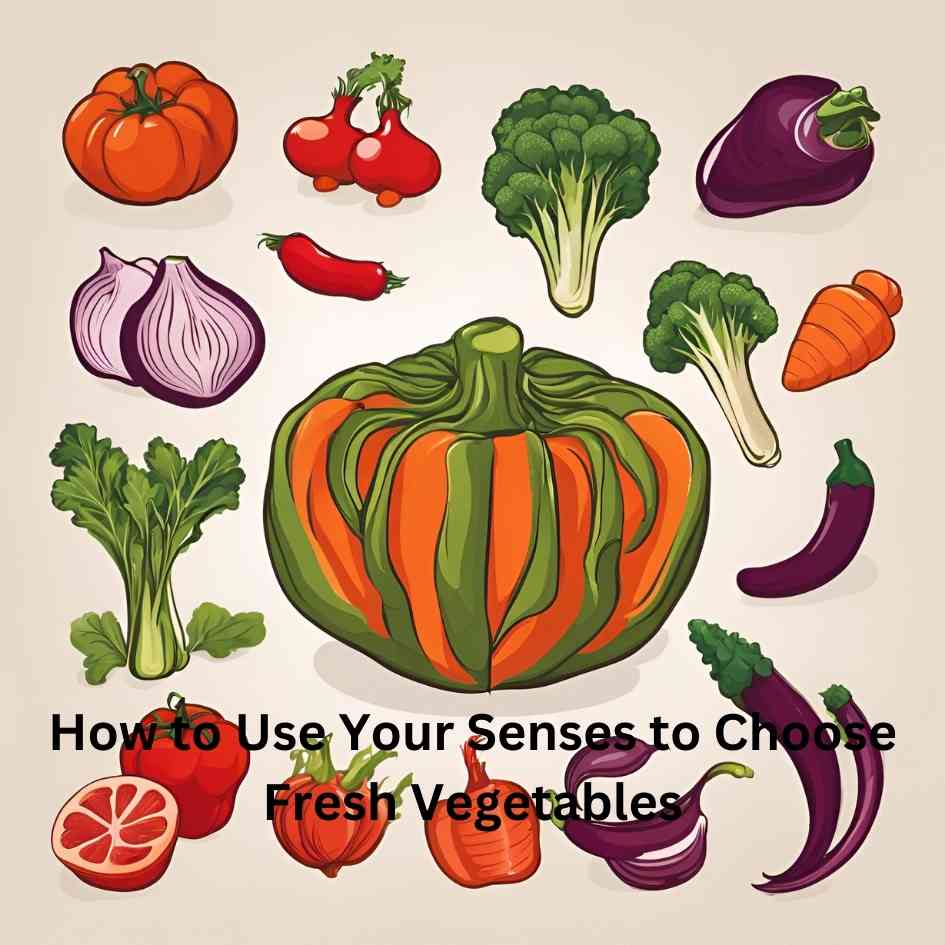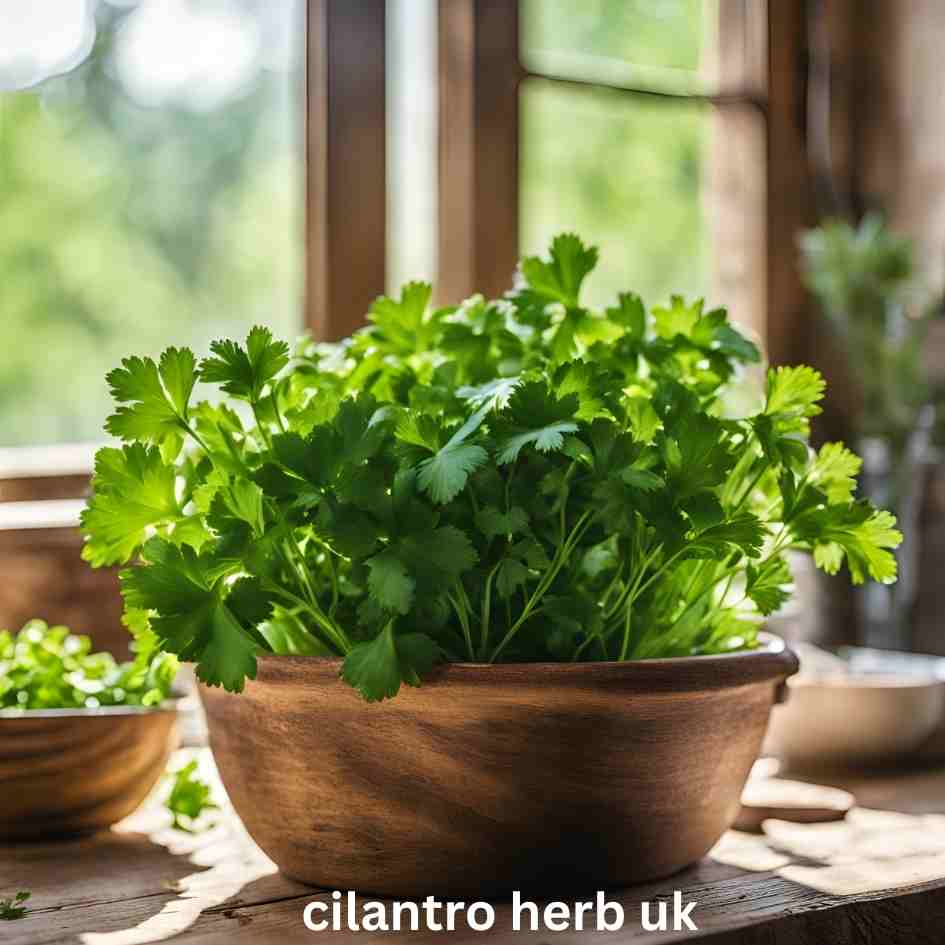How to Use Your Senses to Choose Fresh Vegetables: A Guide
Choosing fresh vegetables is essential for ensuring the quality and flavor of your meals. Whether you’re a seasoned cook or a novice in the kitchen, understanding how to use your senses—sight, smell, touch, and taste—can significantly enhance your vegetable selection process. This comprehensive guide will explore how each of these senses plays a role in choosing the freshest produce available.
Sight: The First Step in Identifying Fresh Vegetables
Color and Appearance
Sight is the first and most immediate sense to rely on when choosing vegetables. Fresh vegetables typically exhibit vibrant and consistent colors. For example:
- Leafy Greens: Look for bright green leaves, not yellowed or wilted.
- Tomatoes: They should be rich in color, whether red, yellow, or orange, without any green spots.
- Bell Peppers: Choose peppers that have a glossy, smooth skin. Avoid those with wrinkles or blemishes.
Shape and Size
The shape and size of vegetables can also indicate freshness. Plump vegetables and firm are generally fresher. For instance:
- Cucumbers: Opt for those firm to the touch without any soft spots.
- Carrots Should be straight and have a uniform color, avoiding excessively large or irregularly shaped.
Surface Quality
Inspecting the surface quality of vegetables can provide clues about their freshness. Fresh vegetables typically have:
- Smooth Skin: No cracks, bruises, or cuts.
- No Mold: Free from any signs of mold or decay.
Smell: A Key Indicator of Ripeness
Aroma
The smell of a vegetable can reveal much about its ripeness and freshness. Fresh vegetables should have a pleasant and natural aroma. For example:
- Tomatoes: They emit a sweet, earthy fragrance.
- Potatoes: They should have a neutral smell. Avoid any that have a musty or moldy odor.
Strong Odors
Be cautious of vegetables with solid and unpleasant odors, as these can indicate overripeness or spoilage. For instance:
- Onions: They should smell spicy but not overly sharp or acrid.
- Garlic: Fresh garlic has a strong but manageable smell. Avoid garlic that smells sour or fermented.
Touch: Assessing Freshness Through Texture
Firmness
Touch is crucial for evaluating the texture and firmness of vegetables. Fresh vegetables should feel firm and solid. Here’s how you can assess various vegetables:
- Potatoes Should be firm and free of soft spots or sprouts.
- Squash: It should be complicated to the touch and have no soft spots.
Texture
The texture of the vegetable’s skin and flesh can also indicate its freshness:
- Leafy Greens: The leaves should be crisp and not limp.
- Beans: Should snap easily when bent.
Skin and Skin Texture
Inspect the skin texture:
- Carrots: They should have smooth, unblemished skin.
- Eggplants: Look for glossy, tight skin. Avoid those with dull or wrinkled skin.
Taste: The Final Check for Freshness
Flavor Profile
While tasting is often the final step, it’s essential for ensuring the quality and flavor of vegetables. Fresh vegetables will have a distinct and pleasant taste. For example:
- Tomatoes: Should taste sweet and tangy.
- Corn: Fresh corn has a sweet, juicy flavor.
Testing for Ripeness
For some vegetables, like peppers and tomatoes, you may want to taste a small piece to ensure ripeness. Overripe vegetables often taste overly sweet or bland, while underripe ones may be too bitter or hard.
Additional Tips for Selecting Fresh Vegetables
Seasonal Produce
Buying vegetables that are in season often ensures better flavor and freshness. Seasonal vegetables are more likely to be of peak quality.
Local Markets
Visiting local farmers’ markets or produce stands can provide access to fresher and more flavorful vegetables than grocery stores. These markets often offer seasonal and locally grown produce.
Storage and Handling
Proper storage and handling can also maintain vegetables’ freshness. For optimal freshness, keep vegetables in the refrigerator’s crisper drawer and avoid storing them in plastic bags that can trap moisture.
Conclusion
Utilizing your senses—sight, smell, touch, and taste—is crucial in selecting fresh vegetables. By paying attention to these sensory cues, you can ensure that you choose fresh but also flavorful and nutritious produce. The next time you shop for vegetables, remember these guidelines to enhance your culinary experience and enjoy what the market offers.














Post Comment